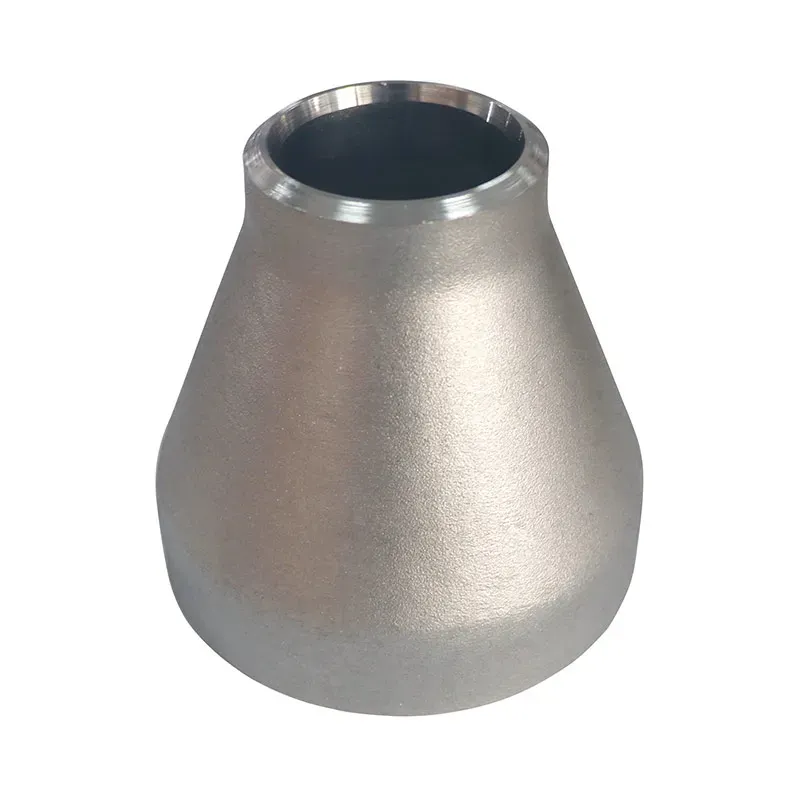-
Cangzhou Yulong Steel Co., Ltd.
-
Phone:
+86 13303177267 -
Email:
admin@ylsteelfittings.com
- English
- Arabic
- Italian
- Spanish
- Portuguese
- German
- kazakh
- Persian
- Greek
- French
- Russian
- Polish
- Thai
- Indonesian
- Vietnamese
- Zulu
- Korean
- Uzbek
- Hindi
- Serbian
- Malay
- Ukrainian
- Gujarati
- Haitian Creole
- hausa
- hawaiian
- Hebrew
- Miao
- Hungarian
- Icelandic
- igbo
- irish
- Japanese
- Javanese
- Kannada
- Khmer
- Rwandese
- Afrikaans
- Albanian
- Amharic
- Armenian
- Azerbaijani
- Basque
- Belarusian
- Bengali
- Bosnian
- Bulgarian
- Catalan
- Cebuano
- China
- China (Taiwan)
- Corsican
- Croatian
- Czech
- Danish
- Esperanto
- Estonian
- Finnish
- Frisian
- Galician
- Georgian
- Kurdish
- Kyrgyz
- Lao
- Latin
- Latvian
- Lithuanian
- Luxembourgish
- Macedonian
- Malgashi
- Malayalam
- Maltese
- Maori
- Marathi
- Mongolian
- Myanmar
- Nepali
- Norwegian
- Norwegian
- Occitan
- Pashto
- Dutch
- Punjabi
- Romanian
- Samoan
- Scottish Gaelic
- Sesotho
- Shona
- Sindhi
- Sinhala
- Slovak
- Slovenian
- Somali
- Sundanese
- Swahili
- Swedish
- Tagalog
- Tajik
- Tamil
- Tatar
- Telugu
- Turkish
- Turkmen
- Urdu
- Uighur
- Welsh
- Bantu
- Yiddish
- Yoruba

Nov . 04, 2024 19:20 Back to list
Understanding Class 150 Slip-On Flanges for Effective Piping Solutions
Understanding Slip-On Flanges Class 150 An Essential Guide
Slip-on flanges are a critical component in piping systems, particularly within various industrial applications. Among the many specifications available, Class 150 slip-on flanges are particularly prevalent due to their versatility and ease of installation. This article will delve into the characteristics, applications, benefits, and installation considerations of Class 150 slip-on flanges, equipping you with the necessary knowledge for effective use in your projects.
What Are Slip-On Flanges?
Slip-on flanges, as the name suggests, are designed to easily slip over the end of a pipe. They are then welded in place, creating a secure joint. The primary advantage of this design is that it allows for easy alignment and positioning, making them a popular choice in various applications. Typically made from carbon steel, stainless steel, or other materials, slip-on flanges are available in a variety of classes, sizes, and pressure ratings.
Characteristics of Class 150 Slip-On Flanges
Class 150 refers to the pressure-temperature rating of the flange, which is defined by the American National Standards Institute (ANSI) and the American Society of Mechanical Engineers (ASME). Class 150 slip-on flanges can typically handle a pressure rating of 150 psi at a temperature of 100°F. However, these ratings can change based on the specific material and application conditions.
The dimensions for a Class 150 slip-on flange generally conform to the ASME B16.5 standard, which outlines size, thickness, and other specifications. For example, a Class 150 slip-on flange might have a bolting circle diameter, bolt hole size, and thickness that accommodate various pipe sizes, ensuring compatibility across piping systems.
Applications
Class 150 slip-on flanges are utilized across numerous industrial sectors, including
- Water and Wastewater Treatment They are commonly found in pipelines that manage water supply and treatment processes. - Chemical Processing Slip-on flanges facilitate secure connections in chemical handling systems, where pressure and temperature controls are critical. - Oil and Gas The flanges are used in various applications within the oil and gas industry, particularly in transporting fluids. - HVAC Systems They are also used within HVAC applications, connecting pipes that manage heating and cooling systems.
Benefits of Slip-On Flanges
1. Ease of Installation One of the most significant advantages of slip-on flanges is their straightforward installation process. Because they slide over the pipe, they can be positioned without extensive alignment measures, which saves time and labor costs.
slip on flanges class 150

3. Versatility Slip-on flanges can be used with pipes of various thicknesses and sizes, making them a versatile choice for diverse applications.
4. Good Seal When properly welded, they create a reliable seal that minimizes the risk of leakage.
Installation Considerations
While slip-on flanges are relatively easy to install, several key considerations must be observed to ensure optimal performance
- Proper Alignment It is vital to ensure that the flanges are aligned correctly before welding. Misalignment could lead to stress and eventual failure of the joint.
- Welding Method The welds should be conducted by a qualified welder using appropriate techniques to guarantee the integrity of the joint under operational pressures.
- Material Compatibility Ensure the flange and pipe materials are compatible to avoid corrosion or other issues over time.
- Inspection Post-installation inspections are necessary to confirm the quality of the welds and overall integrity of the flange connections.
Conclusion
Class 150 slip-on flanges represent a popular choice in industrial piping systems due to their convenient installation, cost-effectiveness, and versatility. Understanding their characteristics, applications, and installation practices is crucial for achieving optimal performance in your projects. By employing slip-on flanges correctly, you can ensure a reliable and efficient piping system that meets the necessary industry standards. As always, consulting with industry experts can provide additional insights tailored to your specific applications and situations.
Latest news
-
ANSI 150P SS304 SO FLANGE
NewsFeb.14,2025
-
ASTM A333GR6 STEEL PIPE
NewsJan.20,2025
-
ANSI B16.5 WELDING NECK FLANGE
NewsJan.15,2026
-
ANSI B16.5 SLIP-ON FLANGE
NewsApr.19,2024
-
SABS 1123 FLANGE
NewsJan.15,2025
-
DIN86044 PLATE FLANGE
NewsApr.19,2024
-
DIN2527 BLIND FLANGE
NewsApr.12,2024
-
JIS B2311 Butt-Welding Fittings LR/SR 45°/90° /180°Seamless/Weld
NewsApr.23,2024











